Peaceful mornings and quiet stone streets—that’s what greeted me in Ano Mera, Mykonos’ second-largest village. This place feels like a world away from the party beaches everyone talks about.
If you’re searching for the true heart of Mykonos, you’ll find it in the charming square of Ano Mera. Locals sip coffee, swap stories, and invite you into real island life.
I wandered by small taverns serving fresh seafood and local dishes. No tourist prices, no noisy crowds—just honest flavors and friendly faces.
The pace here is soothing, and the untouched Cycladic vibe really does feel like stepping back in time. I especially loved admiring the historic monastery anchoring the square.
Escaping the buzzing coast for a few hours—or even overnight—opened up a side of Mykonos I never expected. It’s authentic, welcoming, and deeply rooted in tradition.
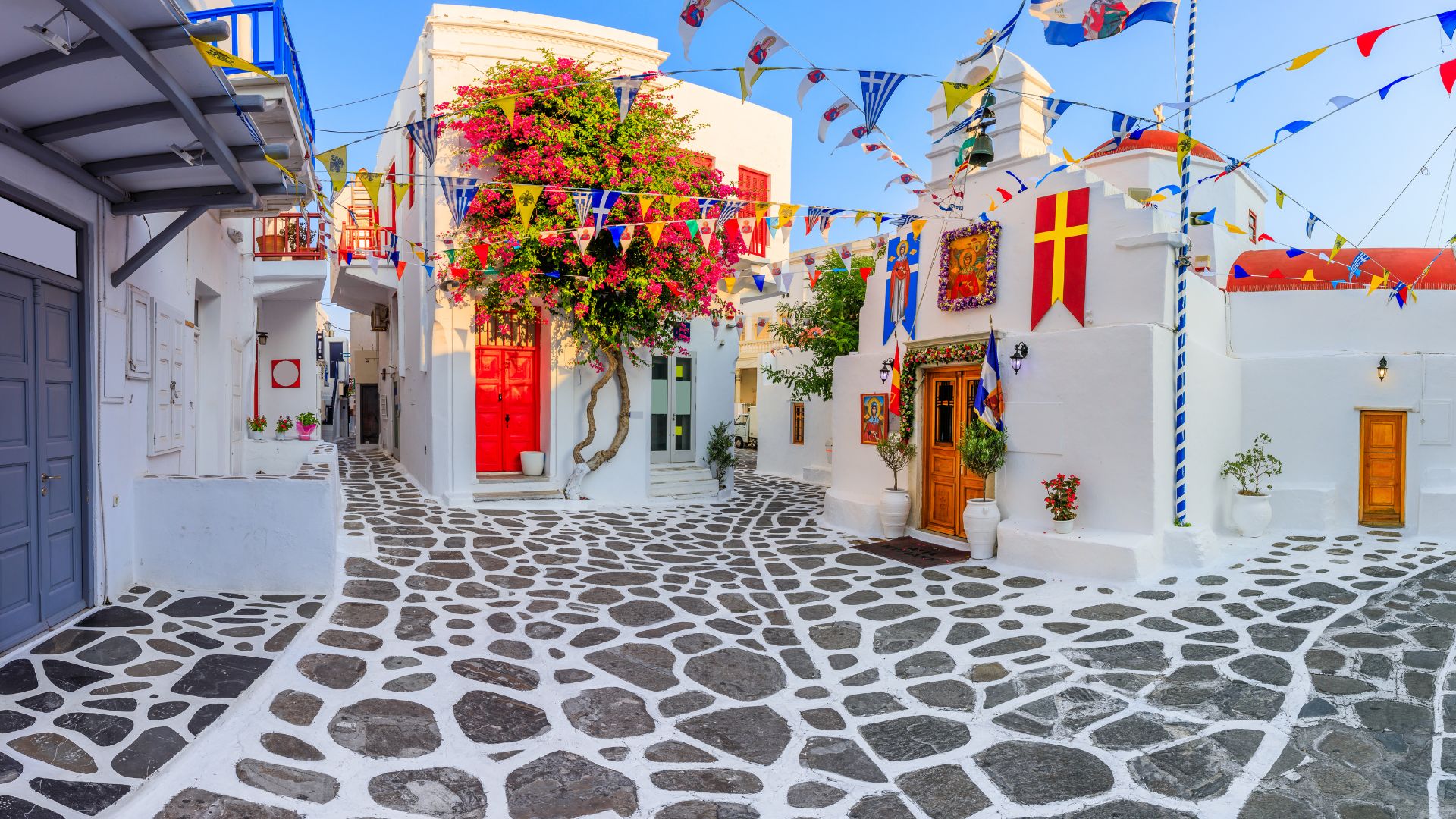
Discovering Ano Mera: Mykonos’ Hidden Heart
Tucked away from the chaos of Mykonos Town, Ano Mera seems like a different island altogether.
I found quiet lanes, glimpses of local life, and echoes of history. You just can’t get this feeling at the famous beaches.
A Village Steeped in Tradition
Ano Mera is one of the oldest villages on Mykonos. As I wandered its narrow streets, the mellow whitewashed houses and old stone buildings stood out.
Locals greeted me with a nod. Old men played tavli (backgammon) at the cafés on the corners.
The Monastery of Panagia Tourliani sits at the center. This 16th-century monastery, with its bell tower and intricate icons, really stands out.
There’s a peaceful courtyard that’s perfect for a shady rest.
Archaeological finds show Ano Mera’s deep roots. The village layout and old artifacts tell stories of farming, trade, and families who’ve lived here for ages.
Every building and cobblestone hints at generations that called this place home.
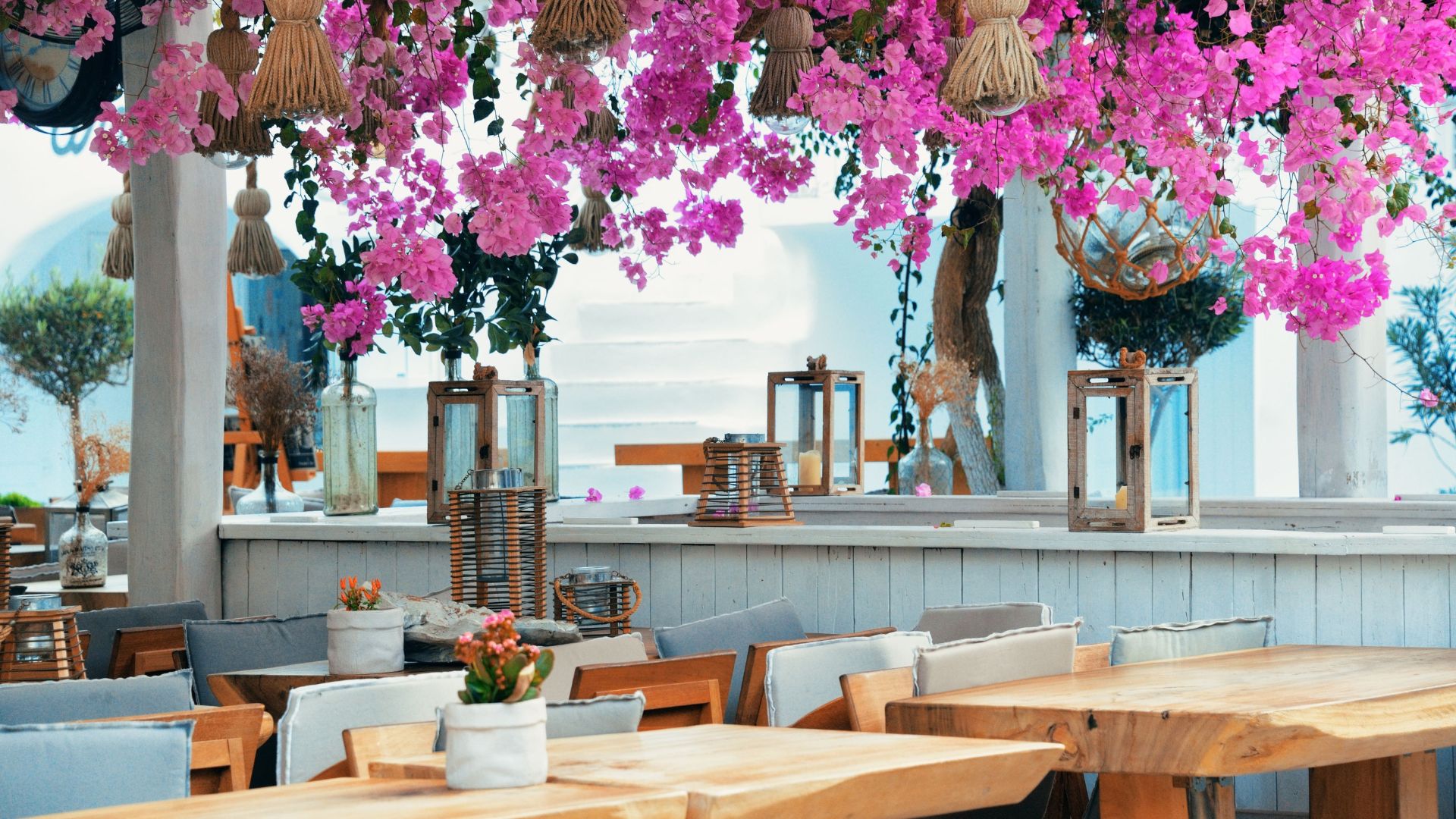
The Peaceful Rhythm of the Village Square
The heart of Ano Mera is its village square. Unlike Mykonos Town’s busy scenes, families here chat in the open air, and friends share coffee under the trees.
Small tavernas line the square. I tried louza (cured pork) and fresh cheese—real Mykonos flavors that don’t show up on tourist menus.
The smell from the local bakery drifts through the square in the mornings. Honestly, breakfast here is unforgettable.
The square isn’t just about food. Sometimes I’d spot a market stall selling fresh veggies or handmade crafts.
Other times, it was just a quiet place where time seemed to slow down and all the rush faded away.
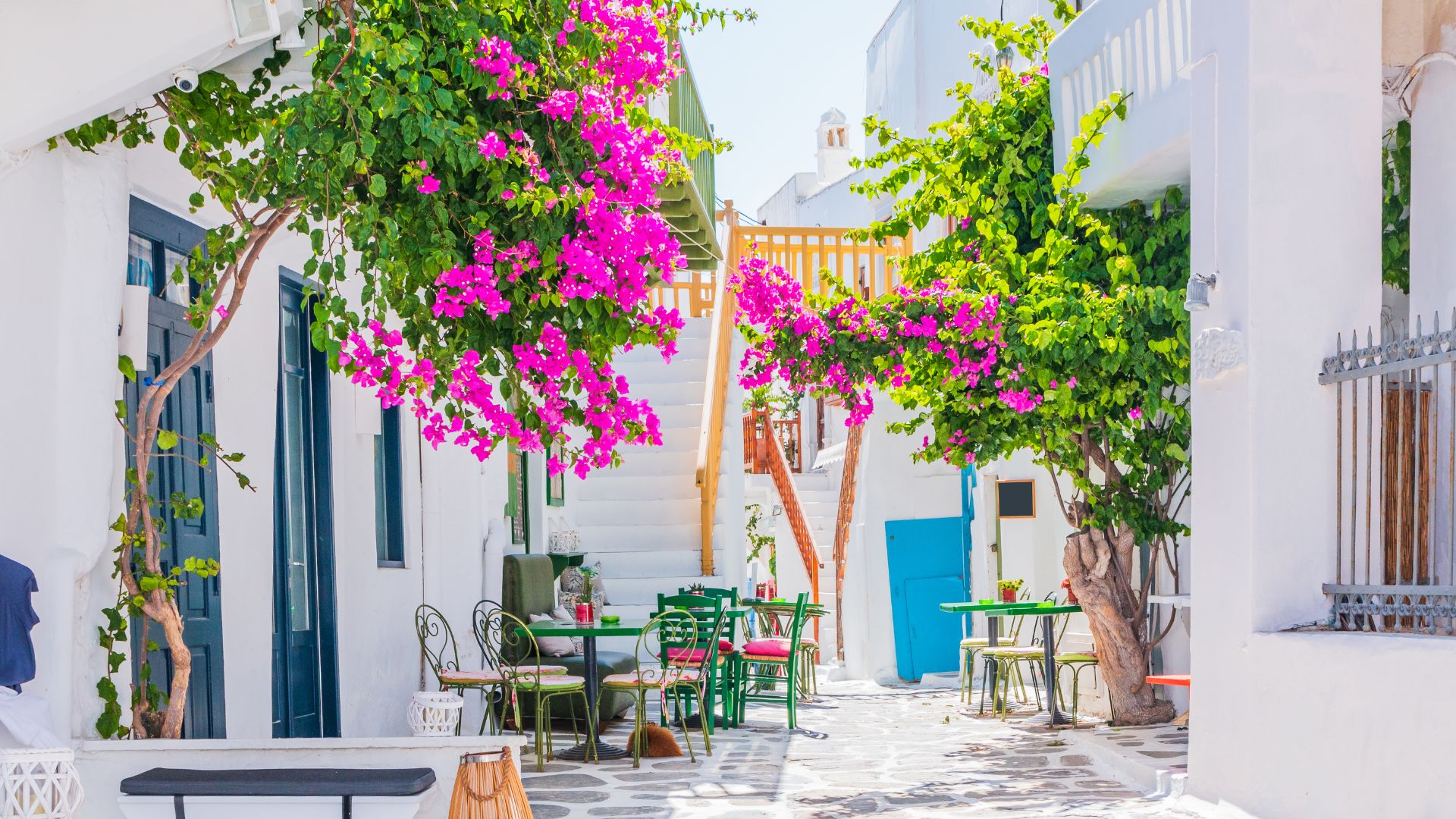
Escaping the Mykonos Crowds for Authenticity
Leaving the popular beaches behind, I discovered Ano Mera’s totally different side of Mykonos.
There aren’t big tour groups here. The slow pace lets me feel like I belong, even as a visitor.
The village moves with the seasons. Farmers bring their harvests, and celebrations happen on saint’s days.
I often saw locals getting ready for festivals. Once, I even got pulled into a dance during a feast.
Ano Mera lets me connect with what makes this island special—the people, the food, and the real way of life.
If you’re willing to take a short ride from Mykonos Town, this quiet village promises an authentic Greek experience you’ll remember.
Cultural Heritage and Local Landmarks
When I wandered Ano Mera’s quiet streets, I could feel its deep history and strong connection to Mykonos’ traditions.
The village is famous for its spiritual sites and unique buildings. You really get a taste of island life through its churches and peaceful squares.
The Monastery of Panagia Tourliani
Stepping into Panagia Tourliani Monastery felt like entering a living time capsule. Founded in the 16th century, this monastery stands at the heart of Ano Mera and still draws the community together.
The white stonework and red dome glow under the Greek sun. Inside, I lingered at the ornate iconostasis—a masterpiece of woodcarving, all gilded and bright.
Locals gather here for worship, especially during religious festivals and feasts.
There’s a small museum with religious artifacts, old manuscripts, and vestments.
Visitors should dress modestly out of respect. I found quiet moments in the shaded courtyard, listening to bells echo across the square.
The monastery feels like the soul of Ano Mera, keeping old traditions alive.
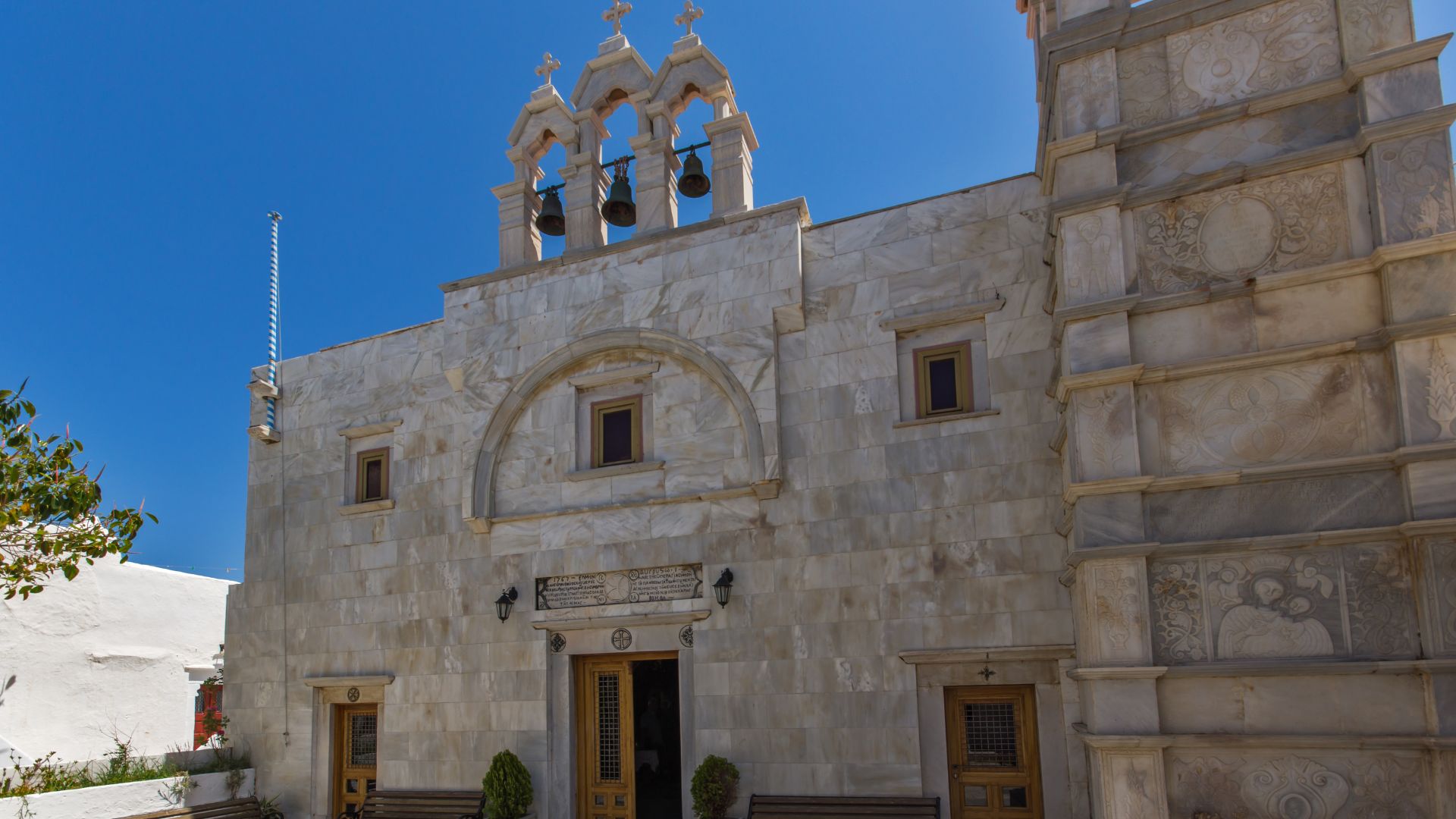
Traditional Cycladic Architecture
Walking through Ano Mera, I noticed how the Cycladic style makes every corner photogenic.
The village is full of cube-shaped houses, whitewashed walls, and blue doors and shutters. Each home tells a story, with balconies of flowers and rustic wooden doors.
Unlike busier parts of Mykonos Town, the buildings here aren’t packed together. Many are family homes, passed down for generations and set among stone-paved alleys.
Some houses even have archaeological touches—a carved lintel or an old mosaic—hinting at centuries of life.
The central square is my favorite spot to soak up the scene. Locals gather for coffee under shady trees, and I often watched daily life unfold from a bench.
If you want to see “real” Mykonos, these quiet streets and homes offer it.
Exploring Local Sanctuaries
Ano Mera has more than one religious landmark. Small chapels and sanctuaries hide behind homes or along old stone paths.
Some even predate the Monastery, built atop foundations that show ancient Greek worship.
I visited more than one tiny church. Inside, it was cool and candle-lit, with faded icons on the walls.
Each chapel has its own story—a country house church where families still gather, or a sanctuary for a particular saint.
These places, while not as famous as Delphi, give Ano Mera its own sacred feeling.
As I wandered, I spotted old marble plaques, tiny mosaics, and even an engraved stone said to be from a much older place of worship.
Religious or not, these stops show just how long people have found comfort and peace here.
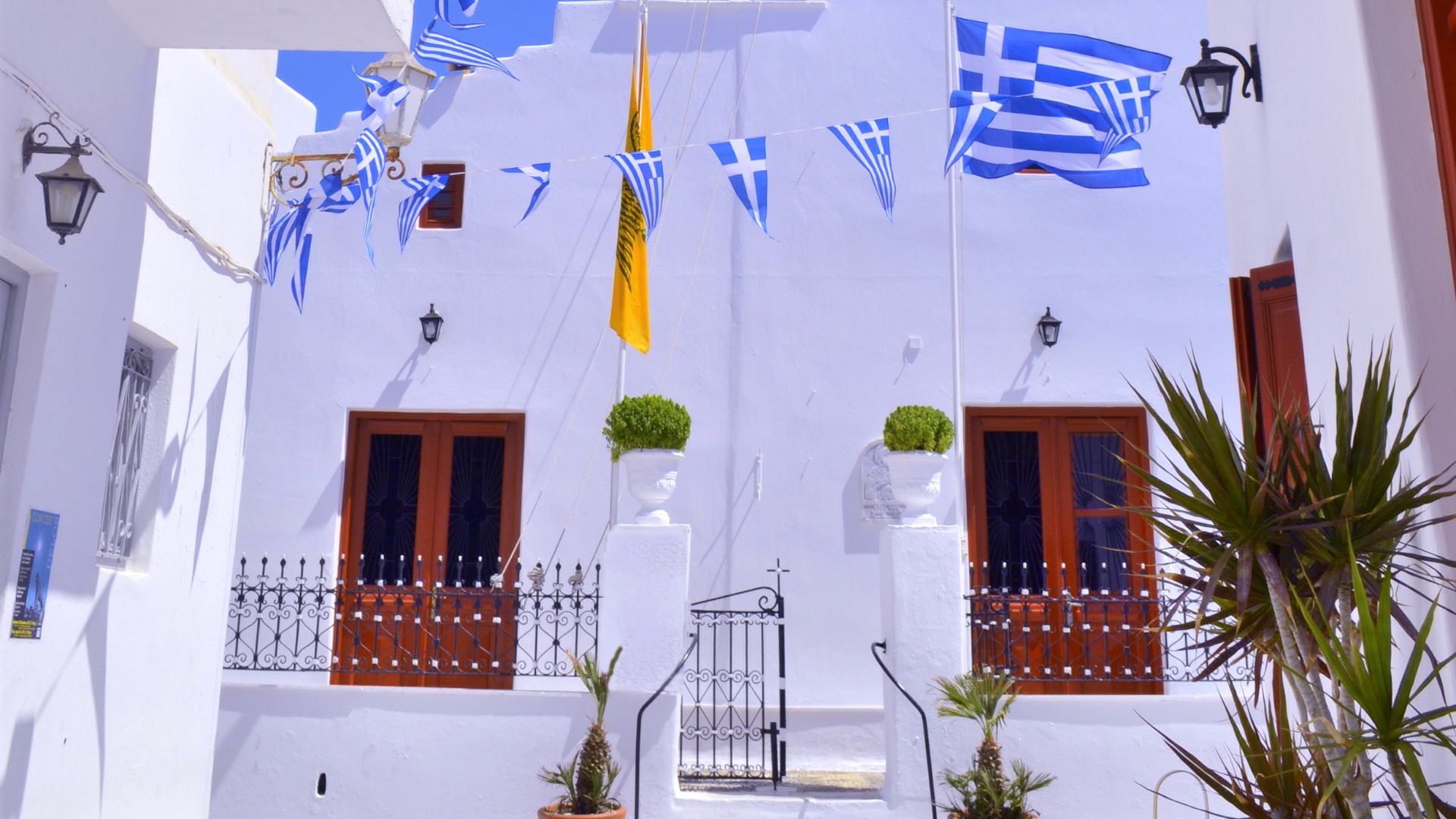
Flavors of Ano Mera: Local Cuisine and Markets
Soft music and the gentle hum of the square always pull me in, but it’s the aromas around Ano Mera that really win me over.
Here, I find classic Greek food, markets with fresh island produce, and seasonal treats that show off Mykonos’ flavors.
Tavernas Serving Authentic Greek Dishes
The tavernas in Ano Mera are the heart of the village, serving traditional Greek and Mykonian plates in a relaxed setting.
I love wandering to the main square, where menus often feature moussaka, souvlaki, and that famous Mykonian meat pie.
Each dish comes from family recipes, with flavors that reflect life by the Aegean Sea.
Ο Vangelis Taverna Restaurant stands out for me. They serve generous portions, and the staff greets everyone with a warm smile.
It’s easy to spot locals sharing big plates of louza (cured pork) and kopanisti (spicy cheese spread). Eating under the old plane trees just makes it all better.

Fresh Ingredients from the Village Market
Ano Mera’s village market is a daily ritual. Locals and chefs gather everything from just-picked veggies to local honey.
The market stalls brim with tomatoes, eggplants, and fresh herbs—essentials for Greek cooking.
Olive oil is a big deal here, always pressed nearby and often sold in refillable bottles.
When I visit in the morning, sellers love to talk about their produce. Sometimes they let me taste sun-warmed fruit or sample homemade cheese.
Buying from these small producers feeds me well and supports the local community, keeping island food traditions alive.
Popular finds at the Ano Mera market include:
| Product | Typical Season |
|---|---|
| Figs | Late Summer |
| Local Honey | Year-round |
| Goat Cheese | Spring-Fall |
| Fresh Seafood | Daily Catch |
Seasonal Specialties and Local Wines
Every season brings something new to Ano Mera’s tables. In spring, wild greens like horta come with a squeeze of lemon.
In fall, there’s roasted lamb slow-cooked with island herbs. Festival days mean extra treats: baklava, almond sweets, and pies stuffed with local cheese.
A meal here just isn’t complete without a glass of Mykonian wine. Local tavernas serve wine from Aegean vines, which goes perfectly with grilled seafood.
The crisp white wines remind me of salty sea air and make each meal feel rooted in the Cyclades.
Trying new combos—like octopus with a chilled white—has quickly become a favorite ritual.

Everyday Life and Experiences in the Village
In Ano Mera, I find a side of Mykonos that moves at its own pace. Traditions run deep, and friendly connections are everywhere.
Time feels different here, shaped by ancient paths, lively gatherings, and the careful hands of local artisans.
Footpaths Linking History and Nature
When I wander the stone footpaths winding through Ano Mera, I feel like I’m walking back in time.
The trails connect the village square with whitewashed homes and historic landmarks.
Old monasteries, like Panagia Tourliani, are just a short walk from bustling gardens and fields.
These footpaths are quiet and inviting. I often pass olive groves and low stone walls, the air filled with herbs and wildflowers.
Locals use these paths every day—to visit neighbors, tend small farms, or fetch bread from the bakery.
Whenever I stroll these lanes, I sense how life in Ano Mera flows between home, work, and nature.
For visitors, following these trails gives a peek at real village life—and plenty of stunning countryside views.
Village Square Festivities and Social Life
The heart of Ano Mera is its central square, Platia, where locals gather every day.
Painted chairs and tables spill from traditional tavernas and cafés.
In the late afternoon, I often join families and friends who share coffee, sweets, and stories in the shade of old trees.
Regular festivities break up the week. Feast days, weddings, and name days draw everyone into the square to share local food, music, and laughter.
Lifelong friends chat, kids play tag around the marble benches, and couples dance during summer celebrations.
Visitors are always welcome to watch or join in. If you catch a local festival, you’ll get the best taste of village camaraderie.
The sense of belonging is clear every time laughter rings through the square.
Artisans and Local Crafts
In small workshops tucked between houses, Ano Mera’s artisans keep old skills alive. They pass down traditional crafts like weaving, pottery, and woodcarving from one generation to the next.
I love peeking into these spaces. Here, hands shape unique ceramics or paint vibrant religious icons.
Every item shows off both function and beauty. Hand-loomed textiles brighten country homes or make practical souvenirs you can actually use.
Locals make honey, cheeses, and even olive oil in small batches. You’ll often find these for sale right outside family homes.
Shopping here feels personal. People don’t mass-produce craftwork; each piece tells its own story.
When I talk with artisans, I learn about their techniques—and honestly, their pride in what they do comes through. Their work supports the community, and that hands-on spirit really sits at the heart of life in Ano Mera.
Exploring Beyond Ano Mera: Connections to the World
Ano Mera might seem a world away from the bustle of Mykonos, but its ties stretch surprisingly far. As I wandered the quiet lanes, I found hints of distant cities, global travelers, and a few historic personalities woven into village life.
Influences from Distant Shores
Walking through Ano Mera, I spotted influences from far-off places. Some mornings, Greek conversations blend with German and Swiss accents around the village square.
Travelers from cities like Melbourne, New York City, and even Wellington often gather at the same taverna. They’re eager to swap stories about their hometowns.
Hints of Parisian style peek out from chic cafes. Sometimes, souvenirs inspired by the Eiffel Tower sit right beside classic Greek pottery.
It’s pretty easy to strike up a chat with someone who just flew in from Rio de Janeiro or lived in Cairo before ending up here. For anyone craving an international taste, local shops might carry treats and little items from places like Tunis, Tripoli, or even Kyoto.
Ano Mera’s calm feel is shaped by this steady stream of global guests. They come not just to pass through, but to linger and connect.
Links to Ancient Cities and Modern Destinations
Ano Mera’s history runs deeper than a lot of people expect. Ancient Greek cities like Troy, Thebes, and Delphi left their stamp on the region’s culture and legends.
Sometimes, I’ll meet travelers drawn here by stories whispered through time—maybe a myth from Delphi or echoes of the Trojan War. Modern travel means families from Manchester, Birmingham, or even Coventry might stumble on Ano Mera after exploring other corners of Europe.
Locals share fond memories of hosting guests from Aosta, Montreux, or St. Gallen. The area’s monasteries and churches, for example, are places where I’ve seen visitors pause to reflect.
They’re not just thinking about the history here, but about ancient ties stretching back across the Mediterranean to cities like Damascus or Arafat. In a small square, the world’s pathways seem to cross.
Echoes of Notable Personalities
Ano Mera’s quiet charm has drawn in a surprising mix of famous faces over the years.
People still talk about Albert Einstein wandering the Greek islands, mulling over math and science during peaceful afternoons.
Locals like to mention writers—some even Pulitzer Prize winners—who found inspiration beneath these shady trees.
One time, I bumped into a couple from Oxford chatting about the village’s slow rhythm. They said it reminded them of quieter days back in England.
Curious explorers from San Juan or Carolina seem to fit right in with Ano Mera’s friendly spirit.
On certain days, someone might bring up tales of Winston Churchill’s travels or connect today’s visitors with legends from Ibb, Huy, and other distant places.
Maybe these stories are true, or maybe they’re a bit exaggerated. Either way, they add something special to Ano Mera’s timeless appeal.

